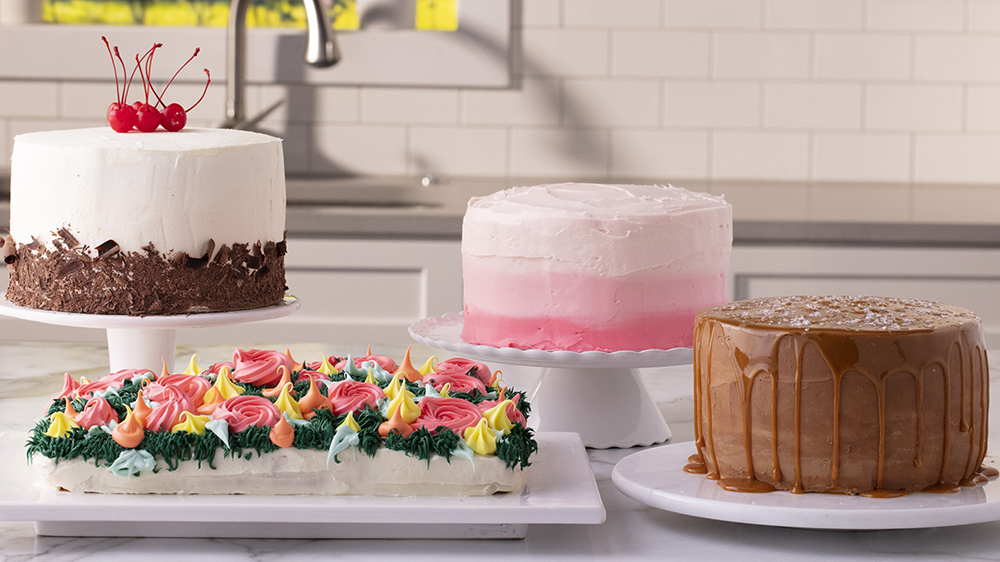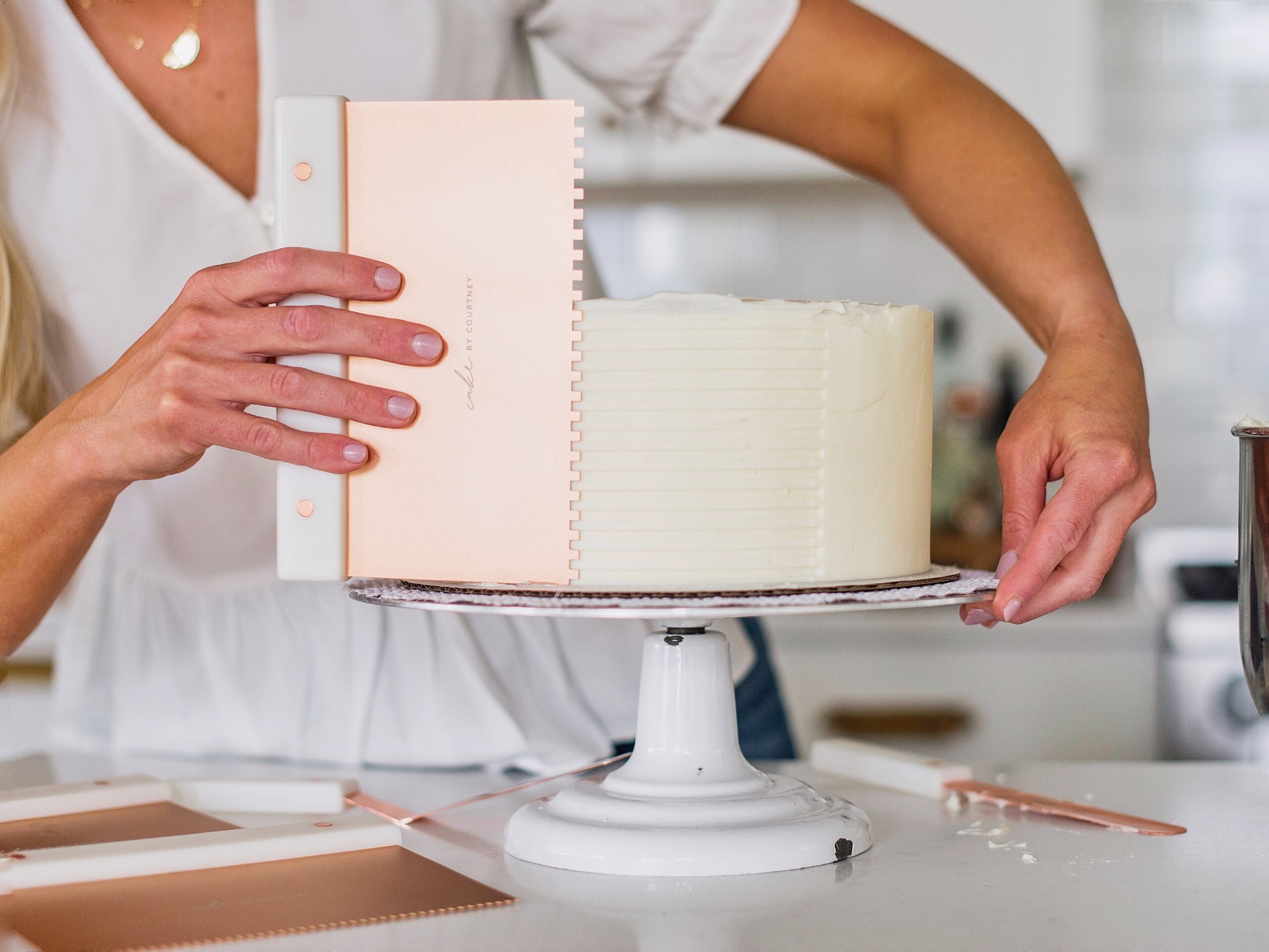Baking is an art that combines science, creativity, and a sprinkle of love. Whether you’re a novice or an experienced baker, the journey of baking and decorating can be fulfilling and fun. With my personal experience and the knowledge I’ve gathered over the years, I’ll guide you through the essentials of baking and decorating today!
Table of Contents
- 1. Understanding the Basics of Baking
- 2. Essential Baking Tools and Equipment
- 3. The Art of Cake Decoration
- 4. Baking Tips and Tricks
- 5. Step-by-Step Baking and Decorating Guide
- 6. FAQs
- 7. Conclusion
1. Understanding the Basics of Baking
Baking is not just about mixing ingredients; it’s about transforming them through the magic of heat. Let’s break down the fundamental aspects of baking.
1.1 The Science of Baking
Understanding basic chemistry can help you become a better baker. Here are a few key principles:
- Leavening Agents: These are essential for making baked goods rise. Common agents include baking soda, baking powder, and yeast.
- Temperature: The temperature of ingredients and your oven can affect the texture and flavor of your baked goods.
- Measuring Ingredients: Accurate measurements are crucial. Baking is less forgiving than cooking.
Key Ingredients in Baking
- Flour: Forms the structure.
- Sugar: Adds sweetness and affects texture.
- Eggs: Binds ingredients and adds moisture.
- Fat (butter/oil): Adds to flavor and tenderness.

2. Essential Baking Tools and Equipment
Having the right tools can make your baking experience smoother and more enjoyable. Here’s a comprehensive list of must-have tools:
| Tool | Use | Pros | Cons |
|---|---|---|---|
| Mixing Bowl | Combining ingredients | Durable, easy to clean | Can take up space |
| Measuring Cups | Accurate ingredient measurement | Ensures precision | Can wear over time |
| Whisk | Mixing ingredients | Versatile, lightweight | Can be less effective for heavy mixtures |
| Baking Pan | Baking cakes, cookies, etc. | Comes in various shapes and sizes | Requires storage space |
| Oven Thermometer | Measuring oven temperature | Ensures accuracy | Needs calibration from time to time |

3. The Art of Cake Decoration
Decoration can elevate your baked goods from ordinary to extraordinary. Here are some techniques to enhance your cakes and pastries.
3.1 Basic Decorating Techniques
- Icing: Smooth layers of frosting for a polished look.
- Piping: Use piping bags to create decorative elements.
- Fondant: Ideal for a smooth finish and intricate designs.

3.2 Creative Decorations
Here are a few fun ways to get creative with décor:
- Edible flowers for a natural touch.
- Chocolate shavings to add texture.
- Fruit topping for a fresh flavor burst.
4. Baking Tips and Tricks
As someone who has spent countless hours in the kitchen, I’ve compiled some handy tips to help you on your baking journey:

- Room Temperature: Ensure your ingredients, particularly butter and eggs, are at room temperature for better mixing.
- Preheat Your Oven: Always preheat your oven for even baking.
- Check for Doneness: Use a toothpick to test if your cake is done. It should come out clean or with a few crumbs, not wet batter.
4.1 Common Baking Mistakes
Avoid these pitfalls for successful baking:
- Overmixing batter, which can lead to a dense texture.
- Not using the right flour type, affecting the cake’s structure.
- Ignoring recipe instructions, particularly for baking times.

5. Step-by-Step Baking and Decorating Guide
Now that we’ve covered the basics, here’s a step-by-step guide to baking and decorating your first cake!
5.1 Choosing a Recipe
Select a simple recipe to start with, like a classic vanilla cake or chocolate cupcakes. Feel free to explore your favorite flavors!

5.2 Baking Process
- Gather all your ingredients and equipment.
- Preheat the oven to the required temperature.
- Mix dry ingredients separately before combining them with wet ingredients.
- Pour the batter into prepared pans and bake for the recommended time.
5.3 Cooling the Cakes
After baking, let your cakes cool completely on a wire rack to avoid melting the frosting later.

5.4 Decorating Your Cake
- Level the Cake: If the top is domed, use a serrated knife to level it.
- Apply a Crumb Coat: This thin layer of frosting traps crumbs and gives a smooth surface.
- Final Frosting: Apply your main layer of frosting and use a spatula for smoothing.
- Decorate: Use your preferred methods to add creativity!
6. FAQs
6.1 What is the best temperature for baking cakes?
The ideal baking temperature for most cakes is between 325°F to 350°F (163°C to 177°C).
6.2 Can I bake without eggs?
Yes! You can use substitutes like applesauce, mashed bananas, or commercial egg replacers.
6.3 How do I store my baked goods?
Store cakes in an airtight container at room temperature for up to 3 days or in the refrigerator for a week.
7. Conclusion
Whether you’re baking for a special occasion or just for fun, the process of baking and decorating can be immensely rewarding. Don’t hesitate to unleash your creativity in the kitchen—happy baking!